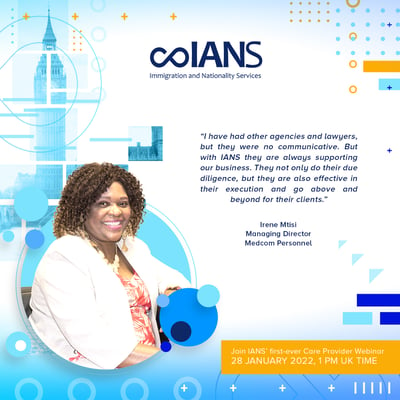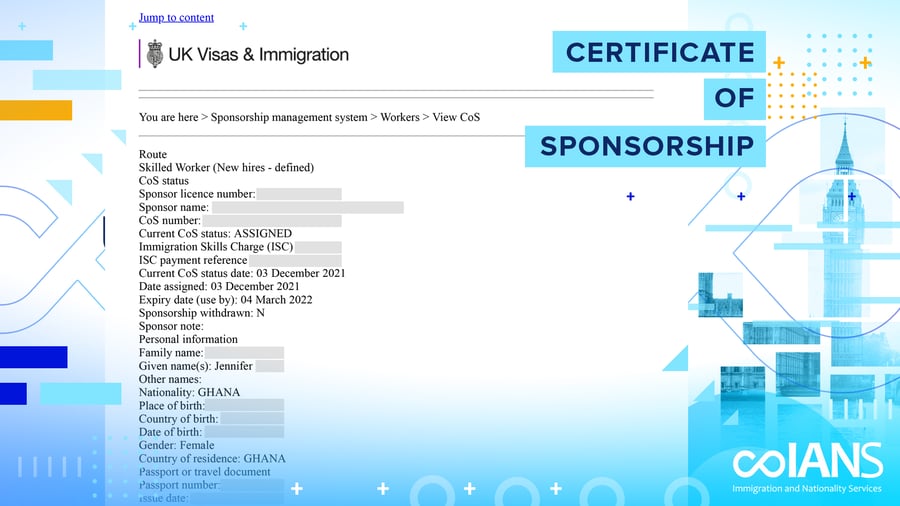Your company is only as good as its people, but what if you don’t have a team to run in the first place?
Building a strong workforce can propel your business forward and allow you to turn your vision into a reality, but in many sectors in the UK, this has become a major concern, especially post-Brexit.
So what do you do when you can’t find local workers who can commit to your business and adapt to your company culture? Two words: sponsor license.
What is a Sponsor License?
A sponsor license grants you the right to hire workers from outside the UK or within the UK (for migrants who are already in the UK and would like to switch to a skilled worker visa). It gives you access to a pool of eligible skilled workers that can work for you for a fixed number of years, which is one of the real benefits of getting a sponsorship license.
When you get your license approved, the Home Office sends you an email with login details to the sponsor management system (SMS). Now comes the tricky part.
Getting the most out of your sponsor license and making sure that you’re following the sponsorship policy guidance—yes, there is a manual—takes a whole lot of reading, expertise, reading, expertise, and, well, expertise.
 Let’s take our client, Irene Mtisi, as an example. Irene is a care provider who has had a sponsor license for years. Unfortunately, she was not able to maximise her license because of, uhm, well, the “guidelines,” the allocations, the Certificate of Sponsorship (CoS), and all those confusing legal terms.
Let’s take our client, Irene Mtisi, as an example. Irene is a care provider who has had a sponsor license for years. Unfortunately, she was not able to maximise her license because of, uhm, well, the “guidelines,” the allocations, the Certificate of Sponsorship (CoS), and all those confusing legal terms.
Then came IANS, which supported and helped her hire overseas migrants through a seamless strategy, and suddenly, her sponsor license isn’t just a piece of paper anymore. It became something that drew carers, care hours, and revenue into her business.
Sounds great, right? Irene is only one of the many care providers who are struggling finding care providers that can stay in their business and commit long-term. And this happened even when she had a sponsor license.
This leads us to one question: what do you do after you get a sponsor license?
1. Find an eligible skilled workerFinding an applicant is easy, but ending up with a qualified, and UK-ready skilled worker is a different story.
To qualify for a sponsorship, the migrants you wish to sponsor must meet the requirements of the skilled worker visa route, including salary and skill level. This may also include a valid police clearance, a negative TB test, an English test, and other qualifications under their job occupation code.
2. Request and assign the right Certificate of Sponsorship

A Certificate of Sponsorship (CoS) is an electronic document issued by a licensed employer.
Each CoS has a unique reference number that sponsored migrants must use during their visa application. There are two types of CoS: defined and undefined.
Want to hire skilled workers from outside the UK? You need to request a “defined CoS” from the Home Office.
Once your sponsor license is granted, you can apply for a defined CoS via the SMS system. You should include details specific to your sponsored migrant, including the job occupation code, job description, and salary details.
The Home Office usually asks for more documents such as your organisation chart and your proforma, which includes benefits, allowances, break periods, and other relevant information.
On average, a defined CoS is granted within 20 working days from the date you submitted the request or from the date you submitted all your requirements, whichever is later.
Undefined CoSAn undefined CoS, on the other hand, is assigned to migrants who are already in the UK under a valid visa, and who would like to switch to a skilled worker visa. You can submit your undefined CoSs together with your sponsor license application, as long as you submit documents that will support the number of CoSs you are requesting.
It usually takes 8 weeks to process an undefined CoS unless you get a priority service, which shortens the application to 5 days.
Let's go back to Irene. Before IANS, her biggest business challenge was recruitment. Let's take a look at her story here:
Finding a qualified skilled worker and requesting (and assigning) a CoS is only half of the picture. If you want to know more, connect with our team here.



COMMENTS